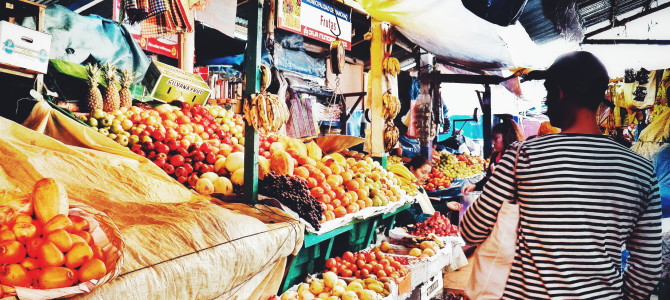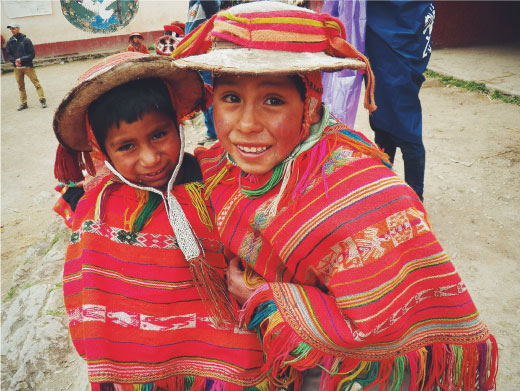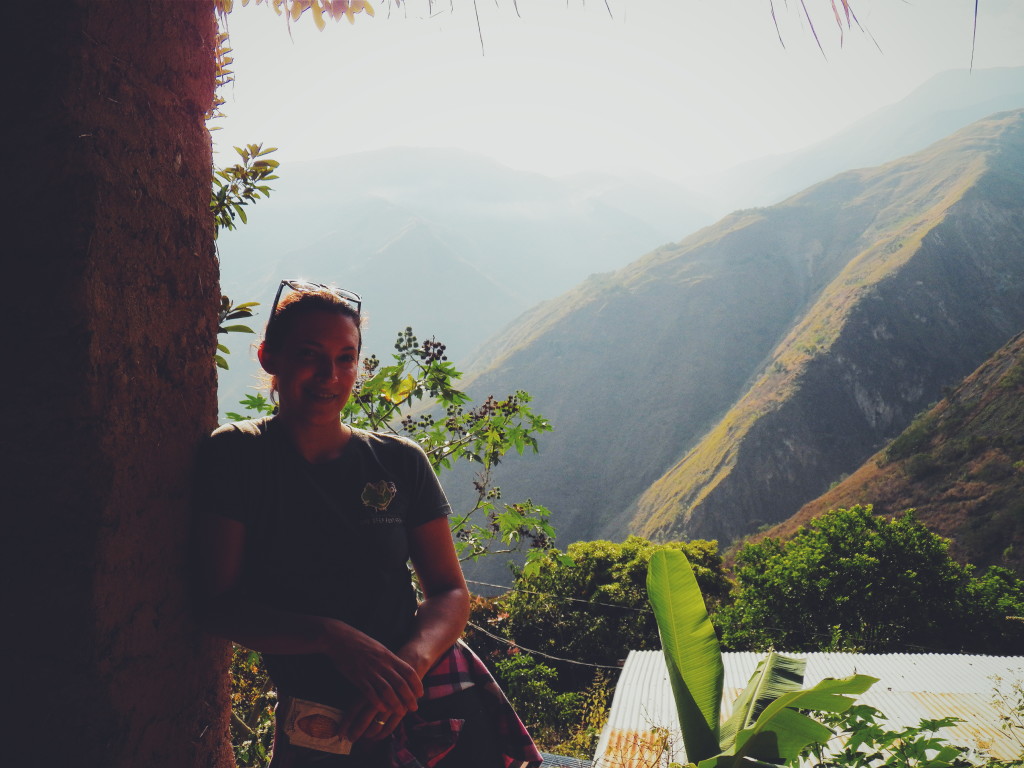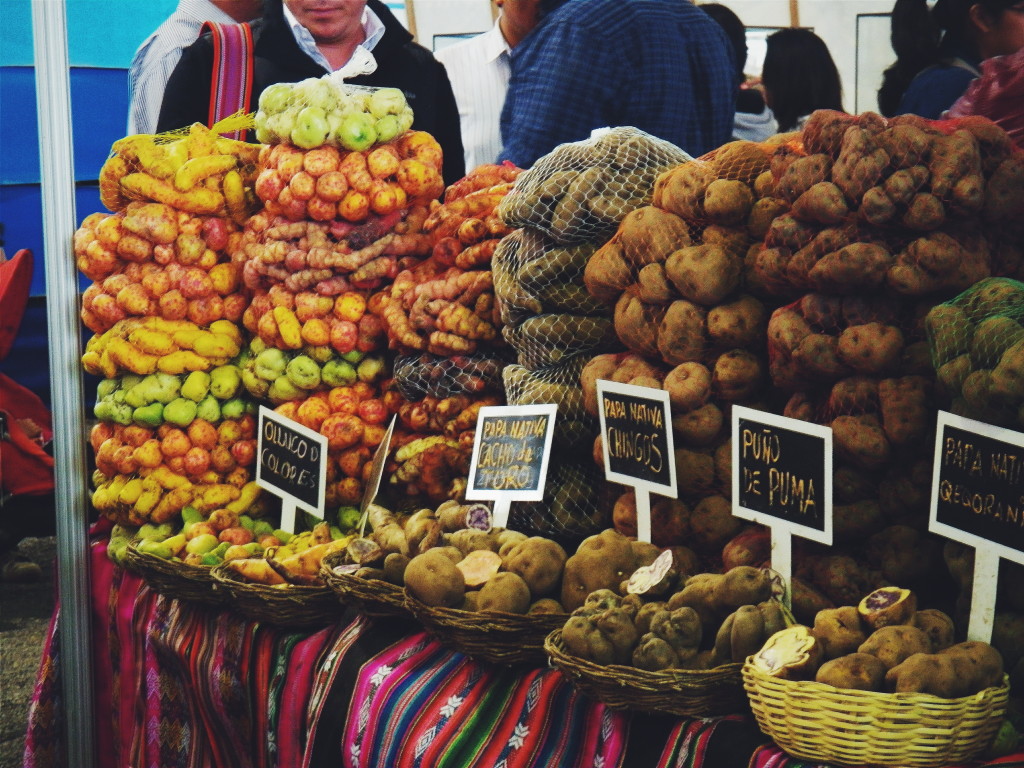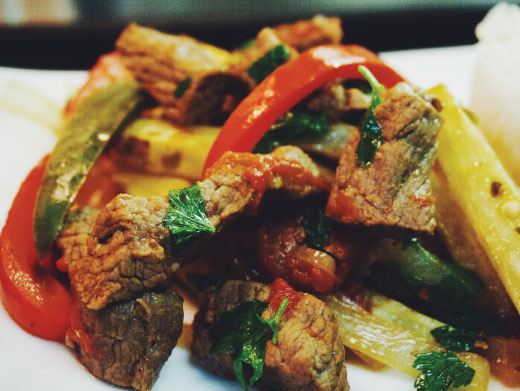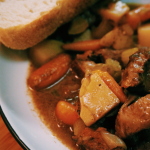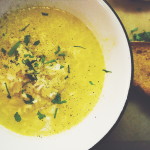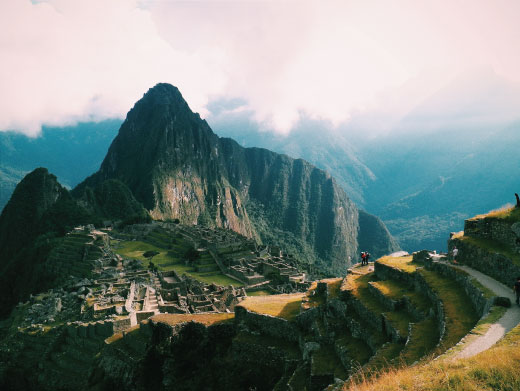
Stunning and etherial – Machu Picchu at sunrise. Seeing this ancient city had been on my bucket list for almost my entire life. It was bigger, grander and more sacred than I could have imagined.
I love Peruvian food and Peruvian culture. I first tried Lomo Saltado when I was living and doing volunteer work with the Latino community in Miami. It is Peru’s answer to Mexico’s Fajitas. The beef is salty and the peppers are more sweet than spicy. It has ties to the large Chifa (or Chinese) influence in Lima.
I was in Peru in 2013 for a couple of weeks as a Whole Foods Market Team Member Volunteer on a Whole Planet Foundation Trip. I had the honor of meeting and working with microcredit clients with ProMujer and seeing the power of microlending to literally end poverty. I’ll be writing more about the trip in another post, but suffice it to say, it changed my perspective on the world.
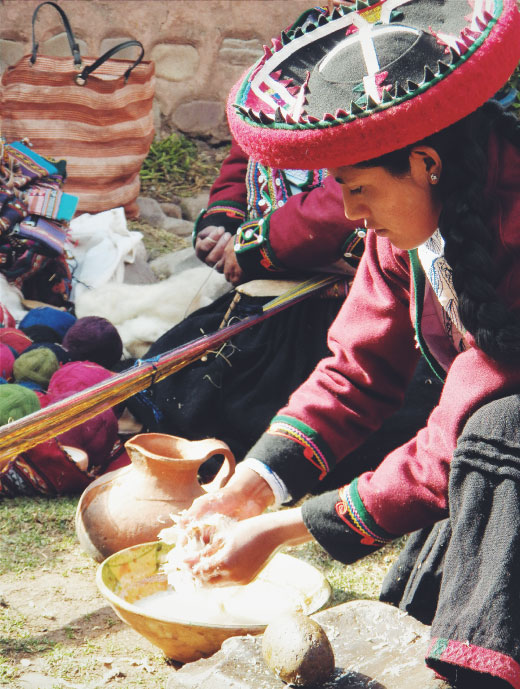
One of the Whole Planet Foundation / Pro Mujer microcredit clients showing the traditional way of washing llama wool
I spent my time in Peru doing both volunteer work and also doing the things every visitor does – hiking the Inca Trail, visiting Cusco & Machu Picchu. I learned a little of the traditional Incan language Quechua.
I was well immersed in the culinary world that is Peru. The world has something like 130 microclimates and Peru alone has more than 90 of them from the misty coastal area around Lima to the high Andes Mountains to Rain Forest. It makes Peru an agricultural mecca for growing just about anything from anywhere in the world – as evidenced by both coffee and cocoa being one of the main agricultural exports.
The potato was born in Peru and there are over 300 varieties there alone (and so it is no surprise that potatoes make an appearance in the famous Lomo Saltado). Quinoa, now catching on around the world was a staple for the ancient Incan empire. Cuy – or guinea pigs are a staple in the high mountains. Chicha or corn beer is still made in the traditional way – fermented with human spit.
I spent time on coffee and chocolate plantations and helped a bit with the harvests. I even learned how to roast coffee beans in traditional clay pots over open fires and how to hand grind cacao beans to extract the cocoa butter.
Part of the trip was spent in the high Andes – living with families and learning about traditional weaving, from harvesting alpaca wool to washing, dyeing, spinning and finally weaving it all into beautiful textiles.
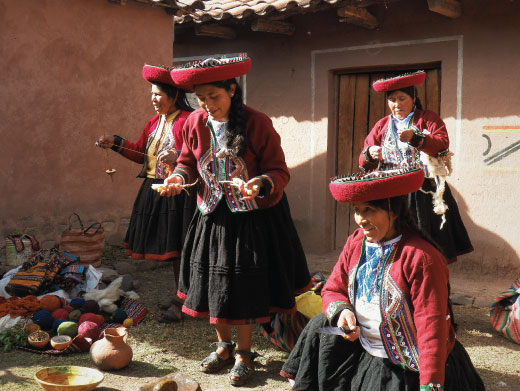
Microcredit clients showing up traditional spinning, dying and weaving techniques with hand spindles.
We worked with a chef in Cusco learning how to make some traditional dishes. We went shopping in the sprawling outdoor market and purchased all the ingredients. Working into the night we talked, laughed, and then ate. From breakfasts around a fire of potatoes and hard boiled eggs to warming soups for lunch in the cold, high mountains to dinners in one of the growing culinary capitols of the world – Peru is a place that should be on any food-lovers list.

Sunset in Lima on my last night in Peru. We ate in this restaurant over the waves. My last meal? Why, Lomo Saltado of course
Ingredients
- 2 lbs Lean Steak - like a skirt steak; sliced into narrow strips
- 3 large Potatoes, cut for French Fries
- 2 tablespoons bacon fat, duck fat or oil
- 3 Cloves Garlic, Minced
- 1 medium Onion, sliced
- 1 Red Pepper, seeded, sliced thinly length-wise
- 1 Green Bell Pepper, seeded, sliced thinly length-wise
- 1 Packet Peruvian Yellow Chili Pepper Paste, can be found in most Latino markets
- 2-3 fresh Tomatoes or one 16 oz can whole Tomatoes, seeded and crushed
- 2 tablespoons Red Wine Vinegar
- 3 tablespoons Soy Sauce
- 1 teaspoon dried Oregano
- 3 tablespoons Flat Leaf Parsley, chopped
- Salt & Pepper to taste
- 2 cups Vegetable Oil for Frying
- Cooked White Rice for the side
Method
- 1. Cut the steak into thin strips, salt lightly and set aside
- 2. Cut the potatoes into thin fries - try to make them as close to the same diameter as possible so that they will cook evenly. Directly after cutting, submerge the potatoes in a bowl of water to keep them from turning brown. Set aside.
- 4. In a large pot, heat the oil for frying over medium-high heat. Once it is hot, cook the potatoes in small batches until they are crispy and golden. Drain on paper towels and lightly salt.
- 3. In the meantime, heat the bacon fat, duck fat or oil in a large cast iron pan with high sides. Stir-fry the meat over medium-high heat until lightly browned, but not cooked through. There should still be some pink in the middle. Remove the beef from the pan.
- 4. Add the garlic, onions, peppers, yellow pepper paste, salt and pepper to the pan and sauté over medium-high heat until the vegetables are cooked through and starting to caramelize. Return the meat and any accumulated meat juice to the pan with the vegetables.
- 5. Add the tomatoes, vinegar, soy sauce, oregano and parsley to the mixture and cook another 2-3 minutes until the juices have cooked down slightly and the meat is still tender but cooked through.
- 6. Before serving, toss the meat/vegetable mixture with the French Fries - allowing the potatoes to absorb the juices and flavor. Serve with rice on the side. In Peru, it is traditional to form the rice with a small dish before serving.

